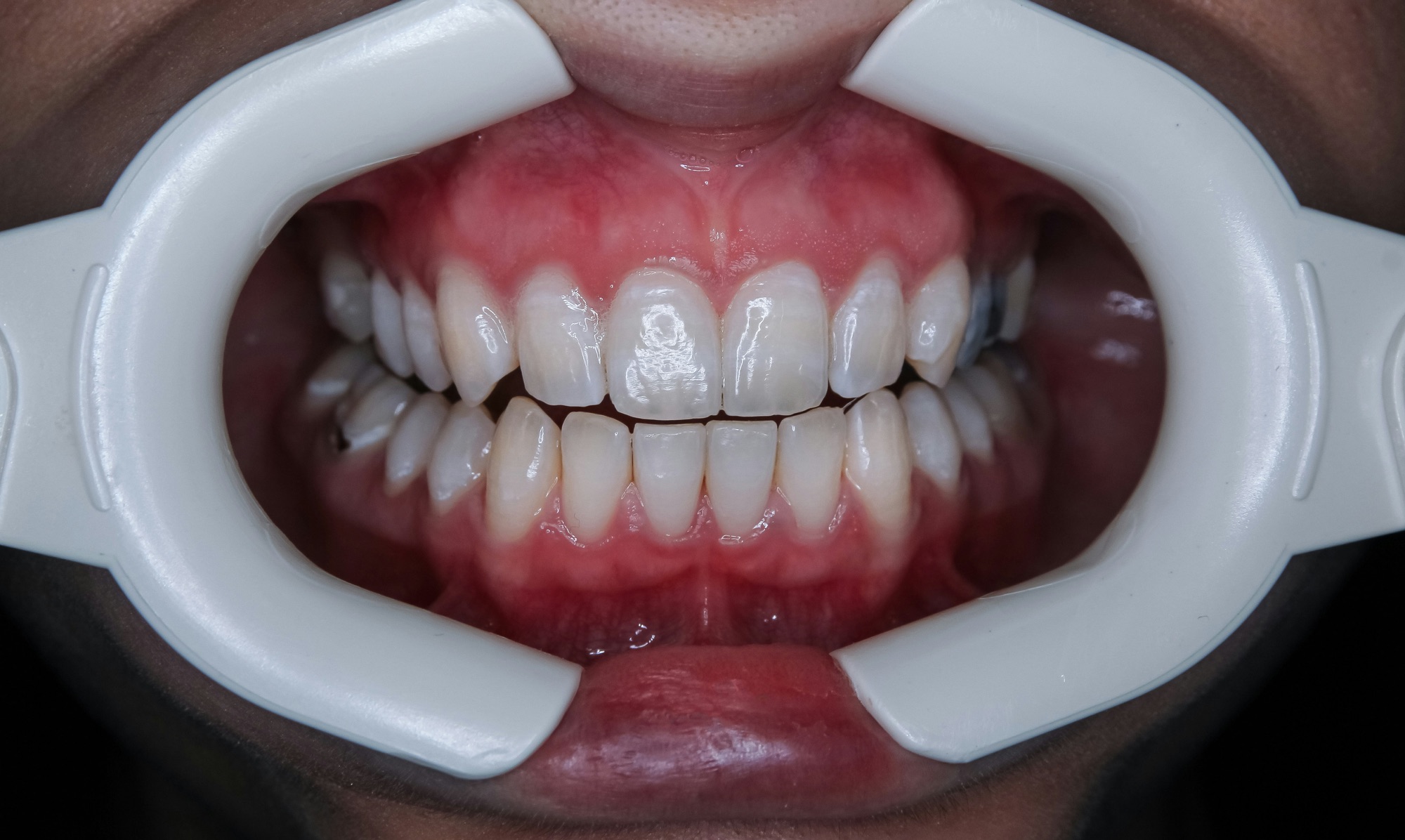Women often find themselves reaching for an extra pair of socks or a warm blanket, especially when the temperature drops. This phenomenon of cold extremities is not just anecdotal; it’s a well-documented difference between the genders. On average, women’s hands are approximately 1.5°C cooler than men’s, even though their core body temperature remains similar. This discrepancy is largely due to physiological differences in how blood vessels respond to cold. Understanding why women experience colder extremities can shed light on how we can better address this issue and improve comfort in our everyday lives. Let’s delve deeper into the science, practical solutions, and lifestyle adjustments.
The Science Behind Cold Extremities
Blood Vessel Response
The primary reason behind women having colder hands and feet lies in the behavior of blood vessels. Women’s bodies are naturally more responsive to cold, meaning their blood vessels constrict more quickly when temperatures dip. This rapid constriction slows down blood flow to the extremities, which are the body’s way of regulating heat loss.
Role of Estrogen
Estrogen, the hormone most prevalent in women, plays a significant role here. It affects the receptors that control blood vessel constriction, making them more sensitive to cold. This heightened sensitivity is what often leads to women experiencing “white finger” syndrome or Raynaud’s phenomenon, where fingers (and sometimes toes) turn white as blood flow is severely reduced.
Thermoregulation Differences
Thermoregulation, the body’s maintenance of internal temperature, differs slightly between men and women. Although both genders maintain similar core body temperatures, women’s bodies are designed to preserve warmth in vital organs by reducing blood flow to the skin and extremities. This protective mechanism prioritizes internal warmth over external comfort.
Practical Tips to Combat Cold Extremities
Dressing Smart
Layering is key. Women should prioritize thermal socks and gloves, especially those made from materials like wool or fleece, which provide excellent insulation. Heated insoles or hand warmers can also be effective.
- Thermal Layers: Start with a moisture-wicking base layer to keep skin dry. Over that, add insulating layers like fleece or wool, which trap heat.
- Protecting Extremities: Invest in battery-powered heated gloves and socks if you spend a lot of time outdoors. These high-tech solutions provide consistent warmth.
Diet and Hydration
Consuming warm foods and drinks can help maintain body temperature. Ginger tea, for example, is known for its warming properties. Staying hydrated is crucial as it aids circulation, but be mindful of the temperature of your beverages.
- Spicy Foods: Incorporate spices like cayenne pepper and cinnamon into meals. They can boost your metabolism and increase body heat.
- Warm Beverages: Consider herbal teas like chamomile or peppermint. Not only do they warm you up, but they also have calming effects that can reduce stress-induced coldness.
Physical Activity
Regular exercise can improve circulation overall, which helps keep extremities warm. Activities like yoga or stretching can be particularly beneficial as they promote blood flow without the need for extreme exertion.
- Routine Adjustments: Incorporate short, frequent exercise breaks if you have a sedentary job. Even a quick walk or stretching session can get your blood flowing.
- Winter Sports: Engage in winter sports like skiing or ice skating, which are not only fun but also keep you active and warm.
Understanding the Sleep Connection
In the evening, our bodies naturally prepare for sleep by cooling down. The blood vessels in our hands and feet widen, which can sometimes make these areas feel even colder. This vasodilation is part of the body’s mechanism to dissipate heat and facilitate falling asleep. Engaging in activities that promote vasodilation, like taking a hot bath or consuming a warm drink, can enhance this process and potentially lead to better sleep quality.
- Pre-Bedtime Routine: Consider using a hot water bottle at the foot of your bed to keep your feet warm. This simple trick can make a significant difference in comfort.
- Sleepwear: Opt for thermal pajamas and bed socks. The right sleepwear can trap heat and prevent temperature drops during the night.
Common Mistakes and How to Avoid Them
Ignoring Signs of Raynaud’s
It’s easy to brush off cold fingers and toes as an inconvenience, but if you’re noticing a persistent color change in your extremities, it’s worth consulting with a healthcare provider. Raynaud’s can sometimes indicate an underlying health issue that needs attention.
- Monitoring Symptoms: Keep a journal of your symptoms, noting the frequency and duration of cold episodes. This can help your doctor determine if you have Raynaud’s or another condition.
Choosing the Wrong Materials
Not all warm clothing is created equal. Cotton, for instance, while comfortable, doesn’t insulate well when wet. Opting for moisture-wicking materials can prevent heat loss, especially in cold, damp conditions.
- Material Matters: Look for labels indicating “thermal” or “insulating” properties. Fabrics like merino wool or smart synthetics can offer superior warmth without bulk.
Exploring Additional Factors
Impact of Body Composition
Young and thin women are often more affected by cold extremities. This is because they tend to have less body fat, which acts as a natural insulator. While maintaining a healthy weight is important, understanding this factor can explain why some women feel colder than others.
- Body Fat and Warmth: Consider strength training to build muscle, which can improve metabolism and natural heat generation.
The Psychological Aspect
Interestingly, the perception of cold can also have a psychological component. Women, on average, report feeling cold more often than men. This subjective sensation can be influenced by factors such as stress, anxiety, and even cultural conditioning.
- Mind Over Matter: Practice mindfulness techniques to reduce stress and anxiety levels, which can help in managing the sensation of cold.
- Cultural Conditioning: Be aware of cultural narratives that may reinforce the idea of women being more susceptible to cold. Challenge these ideas by focusing on personal experiences and responses.
Case Studies and Real-Life Examples
The Office Thermostat Battle
A common scenario is the office environment where the thermostat is often set to a temperature that caters to the male workforce, leaving many women feeling chilly. Research has shown that the ideal temperature for women is generally a few degrees warmer than for men, a fact that offices might consider when setting climate controls.
- Advocating for Change: Work with HR to explore options like personal desk heaters or adjustable thermostats to accommodate different preferences.
Athletes and Cold Management
Female athletes are particularly conscious of managing cold extremities, as maintaining optimal limb temperature can impact performance. Using heated gear or engaging in specific warm-up routines targeted at improving circulation can be crucial in competitive settings.
- Tailored Warm-Ups: Craft individualized warm-up routines that focus on extremities. For instance, using resistance bands to warm up fingers and hands before activities like climbing or rowing.
Embracing Individual Differences
While the science explains why women tend to have colder hands and feet, it’s also a reminder of the diverse physiological makeup that defines each individual. Embracing and understanding these differences can empower women to find personalized solutions that enhance comfort and well-being. Whether through strategic clothing choices, dietary adjustments, or lifestyle changes, there are numerous ways to tackle cold extremities effectively. It’s all about finding what works best for you and your unique body.
Long-Term Strategies for Warmth
Building a Warm Environment
Creating a warm environment at home and work can significantly impact how cold you feel. Consider installing thermal curtains to block drafts or using rugs to insulate floors.
- Home Upgrades: Invest in draft stoppers for doors and windows. These small changes can prevent cold air from entering your living space.
Technological Solutions
Recent advances in wearable technology have introduced smart clothing options that adjust temperature in response to body heat and environmental changes.
- Smart Wearables: Explore options like Bluetooth-connected heated clothing, which allows you to adjust warmth levels via a smartphone app.
By understanding the underlying causes and implementing these strategies, women can take proactive steps to manage cold extremities and improve their overall quality of life. From leveraging technology to making informed lifestyle choices, there are countless ways to keep the chill at bay.



